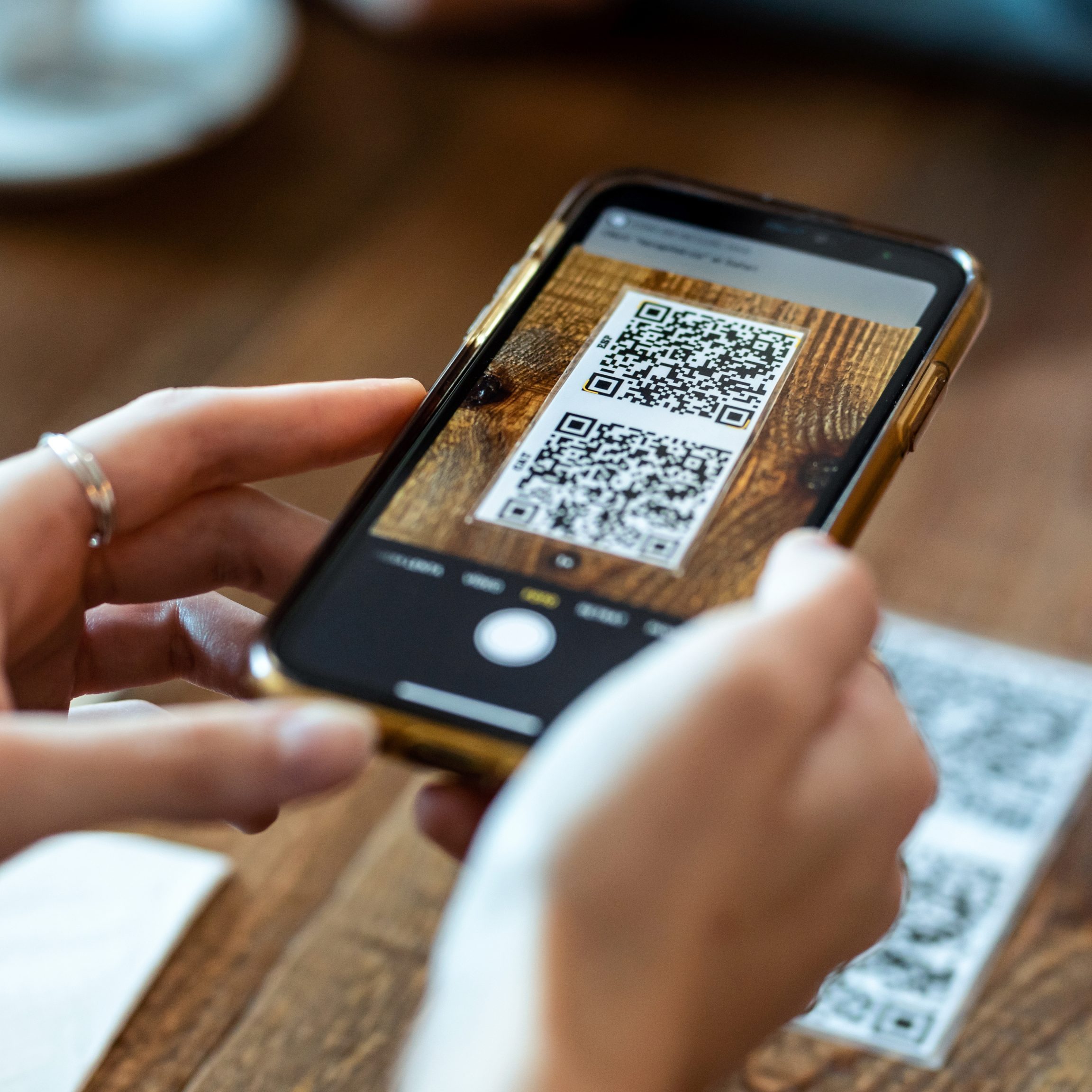QR codes can be a nifty way to access information quickly and easily, but they do come with risks. One of the main concerns is the potential for malware attacks, where scanning a code could trigger automatic actions on your device without your knowledge, potentially infecting it with malware. So, how can you minimize the chance of encountering a QR code malware attack? Here are some tips to keep in mind:
By following these tips, you’ll be able to enjoy scanning QR codes safely while minimizing your risks. Remember – always stay aware of potential risks and take proactive steps to protect yourself.
Be Aware of Potential Risks When Using QR Codes
QR codes have become increasingly popular in recent years, with many businesses using them as a convenient way to provide customers with more information or access to online services. However, as with any new technology, there are risks associated with using QR codes. Malware attacks through QR codes are one such risk that should not be overlooked.
It’s important for users to understand the potential dangers of scanning QR codes without taking appropriate precautions. While it may seem innocent enough to scan a QR code displayed on a product label or a poster, you can quickly open yourself up to significant security risks if you’re not careful. Let’s take a closer look at how malware attacks through QR codes happen and the steps you can take to protect yourself.
How Do Malware Attacks Happen Through QR Codes?
The primary way malware attacks happen through QR codes is through automatic actions triggered by the code. For example, a QR code may redirect you to a fake website that prompts you to download an application or enter your personal information. The website could then use this information to deliver malware onto your device without your knowledge.
Another way malware attacks can occur through QR codes is by embedding the malware directly in the code itself. When you scan the code, you’re unwittingly downloading and installing the malware onto your device. This is particularly dangerous because it allows attackers to gain control of your device and access your personal information without your permission.
The Risks of Downloading Apps from Fake Sites
One common method of malware attacks through QR codes is by downloading applications from fake sites. These sites are designed to look like legitimate sources, such as the Google Play Store or Apple’s App Store, but are actually hosted by attackers. These fake sites are often used to distribute malware-laden applications that can steal personal information or control your device.
Downloading applications from fake sites also puts you at risk of downloading unwanted or harmful applications that can be costly to remove. Some of these applications may require a fee to be paid before you can remove them from your device, while others may contain adware that bombards you with unwanted advertisements.
Be Sure to Scan QR Codes from Reliable Sources
The best way to avoid malware attacks through QR codes is to scan codes only from reliable sources. Before scanning a code, check to see if it comes from a trusted source such as a company’s official website, a reputable product manufacturer or a well-known service provider. Avoid scanning codes from sources you’re not familiar with, such as codes that appear in unsolicited emails or advertisements.
Safe Practices to Prevent Malware Attacks Through QR Codes
To prevent malware attacks from QR codes, follow these safe practices:
- Scanning QR codes only from trustworthy sources.
- Avoiding codes that appear in unsolicited emails, advertisements or social media posts.
- Taking time to review the content of the code before scanning it.
- Installing reputable antivirus software on your device to help protect against malware.
- Keeping your device’s operating system and applications up-to-date to ensure you have the latest security patches installed.
Hidden Dangers of Scanning QR Codes
While the risks of malware attacks through QR codes are well-known, there are other dangers you may not be aware of. For example, malicious attackers can use QR codes to spoof legitimate codes and steal information from unsuspecting users. These spoofed QR codes can direct you to a fake website where you’re prompted to enter personal information or login credentials.
This is particularly dangerous if you’re using a smartphone or tablet, as you may not be able to tell the difference between a legitimate and malicious QR code. To stay safe, take the time to look at the code’s content before scanning it, and only scan codes from sources you trust.
What Should You Look Out for When Scanning QR Codes?
When scanning QR codes, there are several things you should look out for:
- The source of the code – only scan codes from trusted sources.
- The code’s content – review the content before scanning to make sure it’s legitimate.
- The type of code – be wary of codes that ask you to download applications or enter personal information.
- The security of your device – make sure your device is up-to-date and protected with antivirus software.
By taking these precautions, you can minimize the risk of malware attacks through QR codes and stay safe while using this convenient technology. Remember, always be cautious when scanning codes and never download applications or enter personal information without verifying the source first.





